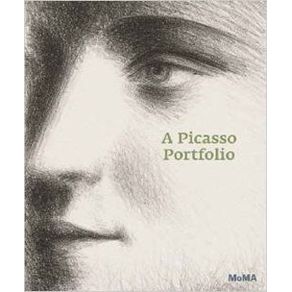Printmaking was fundamental to Pablo Picasso's artistic vision. Over his long career, he made well over 2,000 printed images, focusing on the intaglio techniques of etching, engraving, drypoint and aquatint, as well as on lithography and linoleum cut. This publication, published to accompany an exhibition at The Museum of Modern Art, explores Picasso's creative process in printmaking starting in the early years of the twentieth century with his Blue and Rose periods, and extending up to the last years of his life. Divided into 12 thematic sections, the book presents highlights from the Museum's extraordinary collection of Picasso's prints. These include such celebrated masterworks as "The Minotauromachy" and "The Weeping Woman" from the 1930s, as well as evolving states that reveal how Picasso's imagery developed. One example of such metamorphosis is seen in a series of lithographs from the 1940s in which a progression is established from the realistic depiction of a bull to one that is completely abstract and captured in just a few lines. Other prints reveal changing interpretations of the women in Picasso's life, who served both as artistic subjects and as catalytic forces for his creativity. Filled with full-page illustrations accompanied by extended captions, A Picasso Portfolio features an essay by Deborah Wye, Chief Curator of Prints and Illustrated Books at MoMA, and introductions to each thematic section. The book concludes with a chronology and bibliography focusing on Picasso's printmaking.



